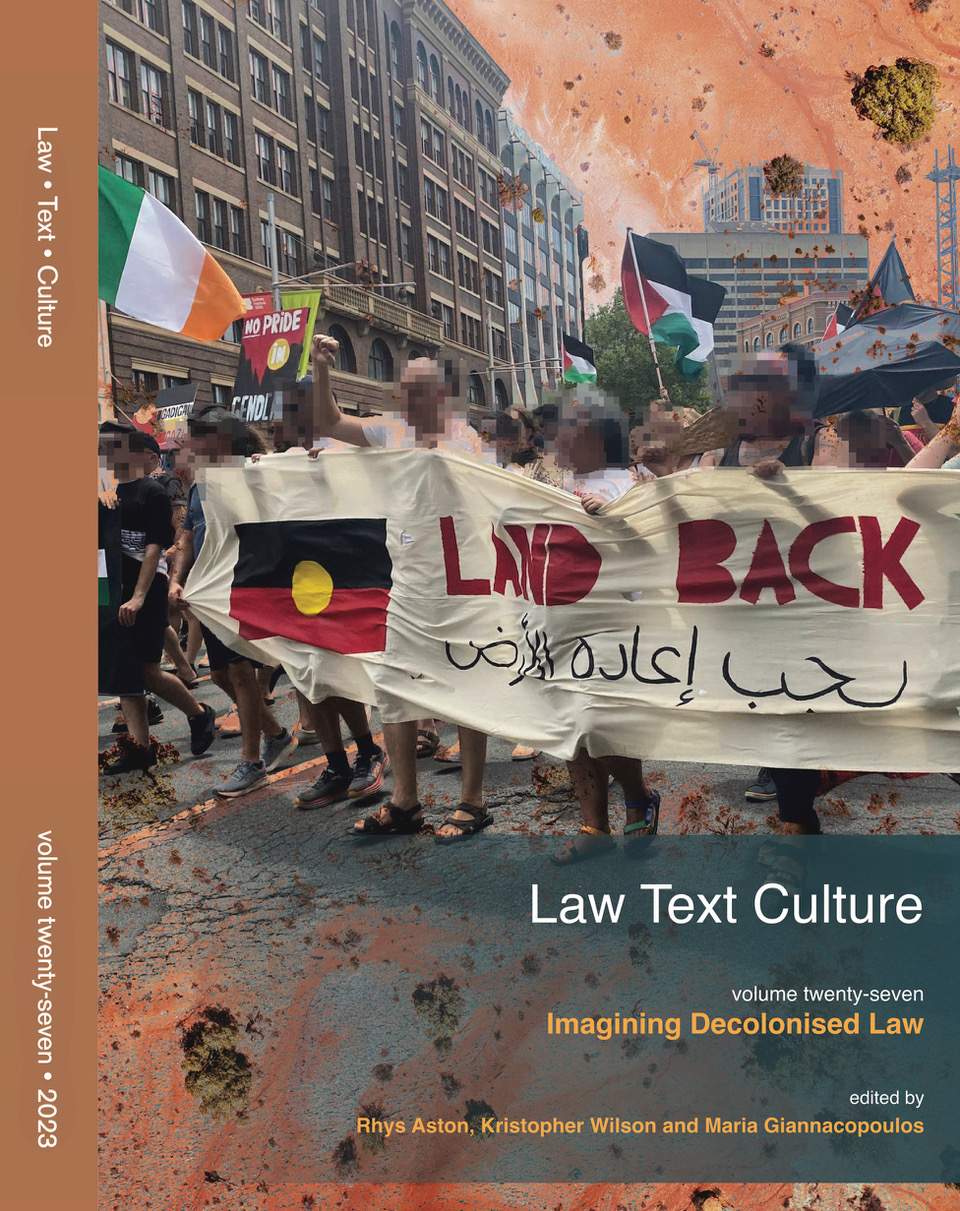Abstract
Here a north coast man, Horrie Saunders, is talking to the late Kevin Gilbert, Indigenous poet and writer, for his 1978 book, Living Black (1978: 46). Horrie Saunders became a successful local businessman after he was expelled from the local Aboriginal reserve in the 1960s for criticising the management. In the interview he described the loss of freedom he suffered when he was removed from the reserve lands with which his people had traditional links. In addition to the loss of community he also lamented the sense in which loss of place affected traditional authority and made it difficult or impossible to transmit traditional knowledge and stories to the young. The comments suggest that space and place set definite limits to law, authority, obligation and knowledge in Indigenous society in ways fundamentally alien to the abstract conceptions of right and duty to be found in western thought and conceptions of law. We find the same tension highlighted in the reaction of some of the litigants in the Wik case (1996), who found it bizarre that a leaseholder could acquire an interest in 'their' land without ever having occupied or otherwise having physical contact with it, let alone that such an interest could extinguish their millennia old association with that same land. Others have pointed to the manner in which Indigenous law has in various ways adapted to the dispossession and dislocation described by Horrie Saunders, often by the improvisation of new spaces, albeit in the face of constant official attempts to circumscribe and police the boundaries of Indigenous community life and cultural practice according to European (more specifically Anglo) standards of civic propriety and public order (Langton 1988).
How to Cite:
Hogg, R., (2002) “Law's Other Spaces”, Law Text Culture 6(1). doi: https://doi.org/10.14453/ltc.792
Downloads:
Download PDF
View PDF
491 Views
620 Downloads

